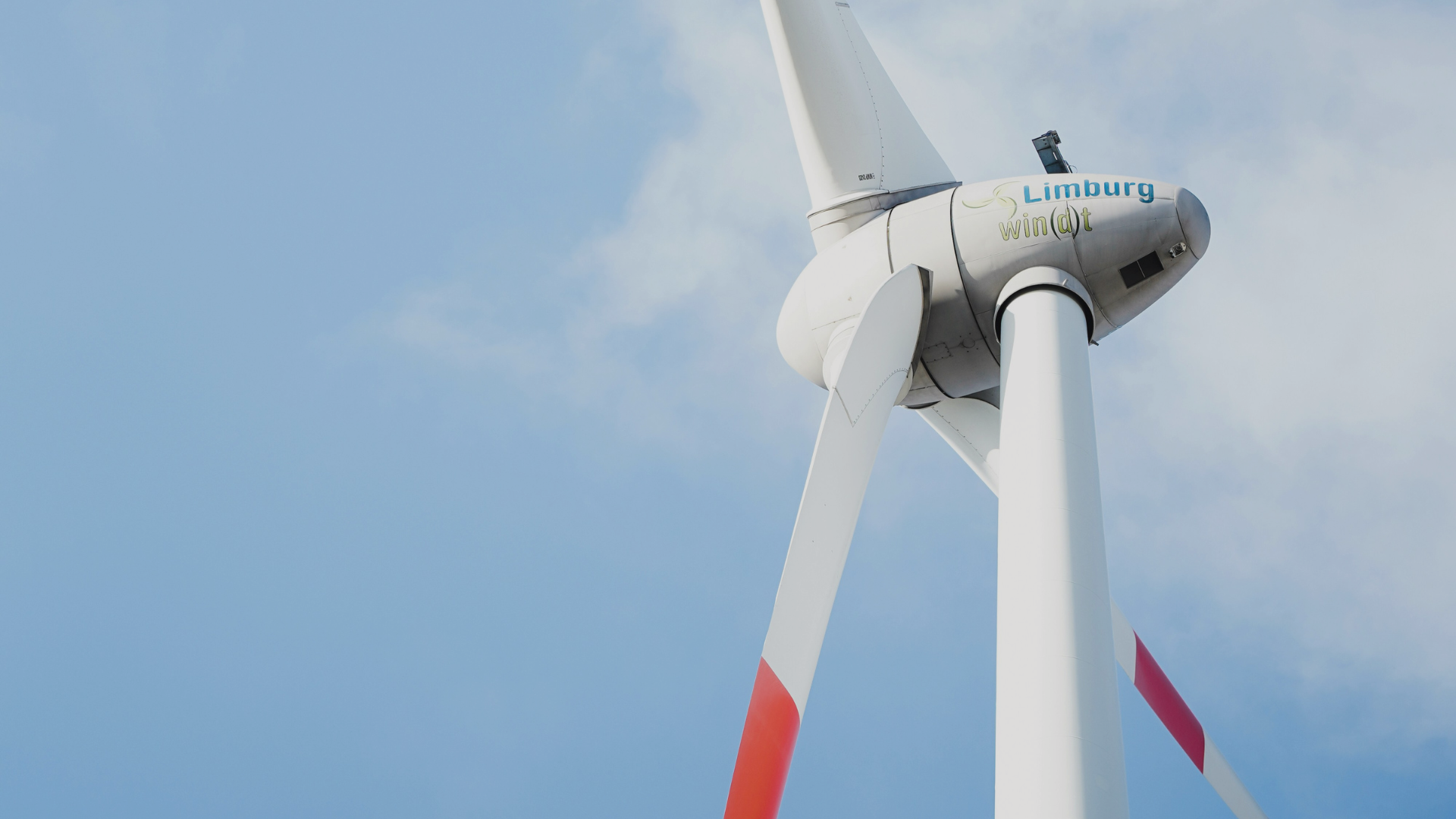How Energy Management Supports Universities Net Zero Goals
- Topics :
- Energy
Offshore Wind 2030: The Next Frontier in Global Energy Competitiveness
Published November 4, 2025

Offshore wind is rapidly emerging as one of the defining energy technologies of the next decade. Once viewed as an expensive niche, it now represents the convergence of industrial ambition, climate policy, and economic strategy. The latest Ember Energy analysis highlights that offshore wind capacity could triple by 2030, signaling an industrial transformation supported by governments and markets alike. From Europe to Asia to North America, countries are accelerating offshore development to strengthen energy security, create jobs, and build a competitive clean energy economy.
The Scale of Ambition: National Targets and Global Momentum
Global offshore wind targets continue to rise sharply as nations look toward 2030 milestones.
- European Union: over 110 gigawatts by 2030 as part of the EU’s net-zero framework.
- United Kingdom: 50 gigawatts by 2030, including up to 5 gigawatts from floating offshore projects.
- China: more than 60 gigawatts expected by 2030, maintaining its global leadership in offshore installations.
- United States: 30 gigawatts by 2030 as outlined in the Department of Energy’s Strategy to Advance Offshore Wind Energy in the United States.
These ambitions mark a dramatic rise from approximately 75 gigawatts of installed global capacity in 2024. Meeting them will require annual installations to more than double, from 10 gigawatts today to over 25 gigawatts by 2030. According to Ember and IEA projections in Renewables 2025, the energy system is entering a decisive growth phase driven by offshore wind. Investment is accelerating, with more than 350 gigawatts of capacity now in various stages of planning worldwide. The IEA emphasizes that offshore wind could supply nearly 20% of total renewable growth through 2030 if bottlenecks are addressed promptly.
Industrial Policy at Sea: Competing for Manufacturing and Jobs
Offshore wind has become a key pillar of industrial strategy across advanced economies. The United Kingdom is leveraging offshore expansion to revive industrial hubs such as Teesside and the Humber, focusing on floating wind foundations and turbine component manufacturing. The U.S., under the Inflation Reduction Act and the DOE’s offshore strategy, is fostering domestic content and supply chain localization through incentives that stimulate manufacturing along the East Coast. China, already dominant in turbine production, continues to expand its vertically integrated manufacturing ecosystem and port capacity.
Each gigawatt of offshore capacity represents major industrial and employment opportunities. The IEA estimates that global renewable expansion through 2025 will create millions of jobs across construction, operations, and maintenance, with offshore wind accounting for a growing share. Larger turbines exceeding 15 megawatts and floating platforms are transforming engineering standards, creating spillover innovation across heavy manufacturing and maritime sectors. Offshore wind is increasingly seen not only as a clean energy solution but as a long-term anchor for industrial revitalization.

The Bottlenecks Beneath the Surface: Supply Chains, Ports, and Grids
The expansion of offshore wind faces practical constraints that threaten to slow progress. The number of installation vessels capable of handling next-generation turbines is insufficient, and the manufacturing capacity for high-voltage cables remains tight. The DOE highlights that U.S. ports must undergo major upgrades to support turbine assembly, storage, and installation. Europe faces similar grid connection delays and supply chain congestion. The IEA’s Renewables 2025 report points out that permitting and infrastructure bottlenecks are among the top risks to meeting renewable growth trajectories.
Lead times for turbine production can exceed two years, and grid connection queues are lengthening globally. To meet 2030 targets, the world’s port infrastructure dedicated to offshore wind will need to nearly double. Policymakers are therefore focusing on investment in grid reinforcement, workforce training, and manufacturing capacity. The DOE strategy outlines collaboration with states and private industry to strengthen domestic supply chains, a model that could be replicated internationally.
Offshore wind’s success depends on logistics and infrastructure as much as technology. Competitive nations will be those that synchronize policy support with physical build-out—ensuring ships, cranes, and cables are ready to match the pace of development.
Geopolitical Undercurrents: Energy Independence and Strategic Influence
Offshore wind is reshaping global energy geopolitics. By generating vast amounts of clean electricity domestically, countries are reducing exposure to fossil fuel imports and volatility in global energy markets. Europe’s offshore buildout supports diversification away from natural gas dependency, while interconnectors like the North Sea Link between the UK and Norway strengthen regional integration. In Asia, Japan, South Korea, and Australia are advancing floating offshore projects that can eventually produce renewable hydrogen for export.
The competition extends to critical materials, port access, and maritime engineering expertise. The IEA and DOE both highlight that workforce development and resource availability will define leadership in offshore expansion. Strategic partnerships and technology-sharing agreements are emerging, linking energy policy with industrial diplomacy. Offshore wind is thus becoming a benchmark of national capability and energy resilience.
Conclusion
Offshore wind has transitioned from a policy aspiration to a core pillar of global competitiveness. National targets for 2030 reflect a convergence of climate ambition, industrial strategy, and economic transformation. The IEA’s Renewables 2025 report underscores offshore wind’s pivotal role in accelerating clean energy deployment, while the U.S. DOE strategy emphasizes coordinated investment and domestic capacity building. Success in this sector will depend on execution—expanding ports, vessels, manufacturing, and skilled labor in time to meet ambitious goals. The nations that manage to align these elements will lead the global clean energy economy through 2030 and beyond.
References
- Ember Energy: Offshore wind targets underpin acceleration to 2030 and beyond
- IEA: Renewables 2025 Executive Summary
- U.S. Department of Energy: Strategy to Advance Offshore Wind Energy in the United States









